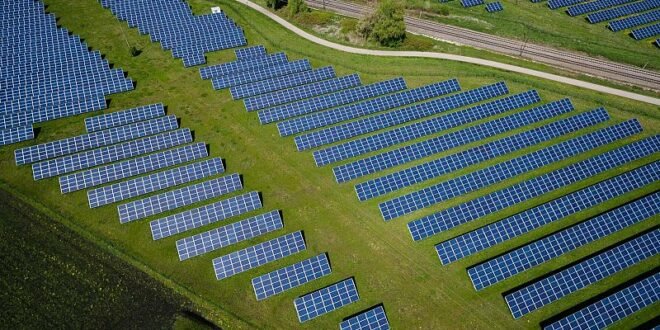A Historic Milestone for Solar Power in the EU
In a groundbreaking development, solar power generated more electricity than any other source in the European Union (EU) last month. According to new data from the energy think tank Ember, solar accounted for 22.1% of the EU’s electricity mix in June 2025, surpassing nuclear and significantly outpacing fossil fuels. This milestone marks a major shift in Europe’s energy landscape and highlights the growing role of renewable sources.
Record-Breaking Solar Performance
At least 13 EU member states set monthly solar power records in June, with the Netherlands achieving a remarkable 40.5% share and Greece reaching 35.1%. These achievements were driven by increased solar capacity and favorable weather conditions, including prolonged periods of sunshine. The surge in solar output also helped the EU meet a spike in energy demand caused by early-summer heatwaves that have affected much of the continent.
Chris Rosslowe, an energy analyst at Ember, noted, “Europe is becoming a solar powerhouse.” This statement underscores the transformative impact of solar energy on the region’s electricity generation.
Decline in Coal Usage
As solar power has surged, coal usage in the EU has plummeted. In June 2025, coal contributed just 6.1% of the EU’s electricity, down from 8.8% a year earlier and marking the lowest monthly level on record. Germany and Poland, which together account for the majority of the EU’s coal use, both saw significant declines. Germany generated only 12.4% of its power from coal, while Poland still relied heavily on it, with 42.9% of its energy mix coming from coal.
Other countries such as Czechia, Bulgaria, and Denmark also recorded new lows in coal usage. Notably, ten EU states did not use coal power at all during the month. Ireland officially shut its last coal plant on 20 June, and Spain and Slovakia plan to phase out coal entirely in 2025.
Expansion of Solar Capacity
At least 13 EU nations achieved their highest-ever share of solar power. Countries like Belgium, Croatia, France, Hungary, Italy, Portugal, and Slovakia are leading this transition. Collectively, these developments signal a promising future for Europe’s energy transition, one that is increasingly shaped by solar power rather than fossil fuels.
Public Support for Renewable Energy
Europe’s success in solar energy can be partly attributed to strong public support for renewable sources. The European Commission reports that nearly nine out of ten Europeans support the EU taking action to increase renewable energy. In many countries, the benefits of rooftop solar, lower electricity bills, and reduced dependence on volatile fossil fuel markets resonate with younger, climate-conscious consumers.
Community energy schemes that offer discounts, shared ownership, or local job creation have gained consistent backing from European residents. Projects that engage communities early and distribute financial gains are more likely to succeed in the long term. These initiatives have also played a key role in expanding solar capacity across the continent.
Growth of Solar Energy
The growth of solar energy in Europe has been remarkable. In 2008, just 1% of Europe’s renewable energy mix came from solar power. By 2023, solar made up 20.5% of that output, according to the Commission. Rosslowe explains, “Non-stop records are not just the result of sunny weather, but also from new solar being built every year.”
The Future of Solar Power
While last month’s milestone was significant, analysts believe it is only the beginning. A recent study by the Global Energy Monitor suggests that converting closed coal mines into solar farms could generate enough electricity to power a country the size of Germany. Across Europe, over 1.2 million hectares of former coal sites could be repurposed for clean energy, according to the San Francisco-based watchdog.
Wind power is also playing a crucial role in Europe’s energy transition. It accounted for nearly 16% of EU electricity in both May and June 2025, the highest-ever share for those months.
Challenges and Opportunities
Despite these achievements, fossil fuels still accounted for about a quarter of the EU’s electricity in June 2025. While this is far below previous years, it highlights the challenges ahead, particularly during times when solar and wind output dips.
Experts emphasize the need for more storage solutions, smarter grids, and better demand-side planning to push fossil fuels further out of the system. Rosslowe notes, “Low-cost renewables are already helping to get Europe’s energy system off the rollercoaster of fossil energy prices.” The next big opportunity lies in adding battery storage and flexibility to extend the use of renewable power into mornings and evenings, where fossil fuels still set high power prices.
 Info Malang Raya Its All About World News
Info Malang Raya Its All About World News




